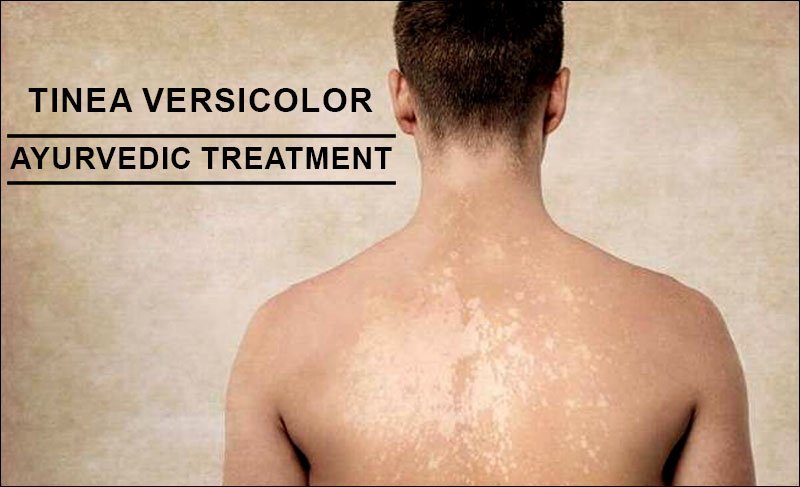Tinea versicolor skin causes symptoms treatment patches contagious chest discolored arms ver healthline neck
Tinea Versicolor: Causes, Symptoms, & Treatment
Tinea versicolor is a common skin condition that affects people of all ages and skin types. It is caused by an overgrowth of a natural fungus called Malassezia that is normally found on the skin. While this fungus is usually harmless, certain factors can lead to its overgrowth, resulting in the development of tinea versicolor.
The main cause of tinea versicolor is an increase in humidity and excessive sweating, which creates an ideal environment for the fungus to multiply. This condition is more common in warm and humid climates, making it particularly prevalent during the summer months.
Common symptoms of tinea versicolor include patches of discolored skin, usually on the chest, back, neck, and upper arms. These patches may be lighter or darker than the surrounding skin and can sometimes appear pink, red, or brown in color. They are typically not itchy or painful, but they can be bothersome from a cosmetic standpoint.

Tinea Versicolor Treatment in Ayurveda Archives
If you are seeking a natural and holistic approach to the treatment of tinea versicolor, Ayurveda offers some effective remedies. Ayurveda, an ancient system of medicine originating from India, focuses on balancing the body and mind to promote overall well-being.
Ayurvedic treatment for tinea versicolor involves a combination of herbal remedies, dietary modifications, and lifestyle changes. These natural remedies help to reduce the overgrowth of the fungus and restore the balance of the skin.

Some commonly used Ayurvedic herbs for treating tinea versicolor include neem, turmeric, aloe vera, and holy basil. These herbs have antimicrobial and antifungal properties that help to eliminate the fungus from the skin.
In addition to herbal remedies, dietary modifications are also essential in Ayurvedic treatment. Avoiding foods that are excessively sour, spicy, or fermented is recommended, as these can aggravate the condition. Instead, focus on consuming fresh fruits, vegetables, whole grains, and healthy fats to support the healing process.
Furthermore, Ayurveda emphasizes the importance of maintaining a clean and healthy lifestyle. Proper hygiene practices, such as regular bathing and drying the affected areas thoroughly, can help prevent the spread of the fungus. Wearing loose-fitting clothing made from natural fibers, such as cotton, can also aid in reducing perspiration and keeping the skin dry.
It is important to note that while Ayurvedic remedies can be effective in treating tinea versicolor, it is always advisable to consult with a qualified Ayurvedic practitioner or dermatologist before starting any new treatment. They can provide personalized guidance and ensure that the treatment is suitable for your specific condition.
In conclusion, tinea versicolor is a common skin condition caused by an overgrowth of the Malassezia fungus. It can be treated using conventional methods as well as with Ayurvedic remedies. By following a holistic approach that includes herbal remedies, dietary modifications, and lifestyle changes, you can effectively manage tinea versicolor and restore the health and balance of your skin.